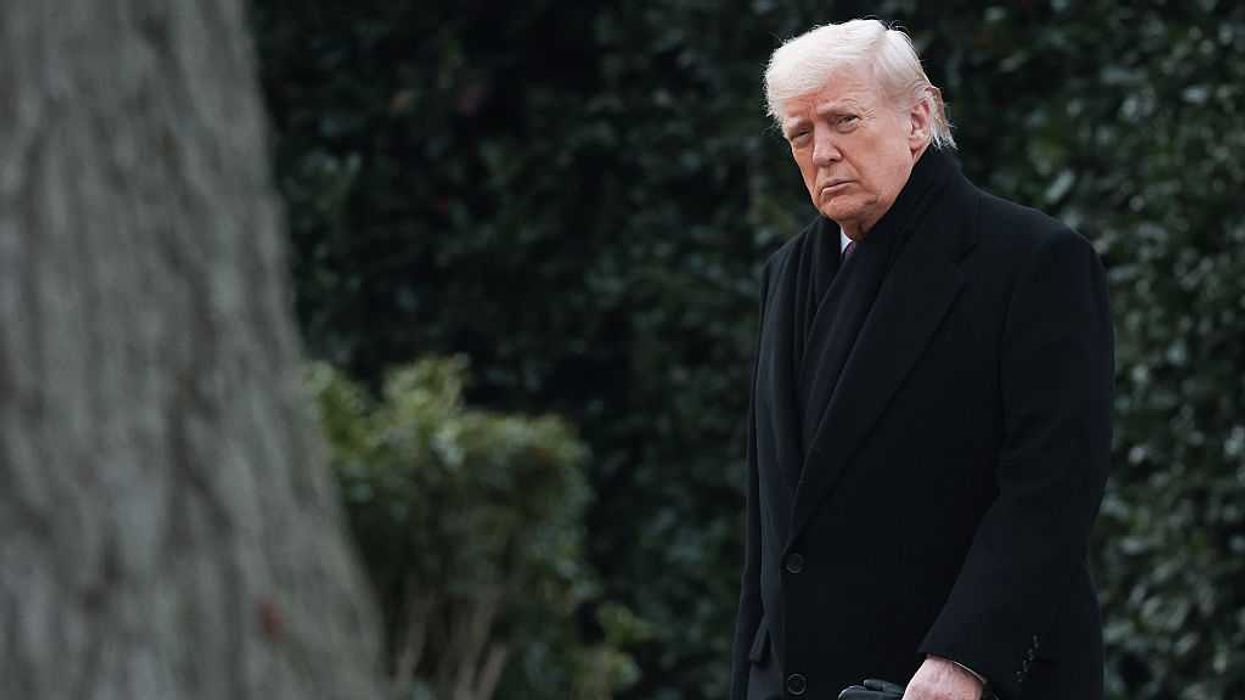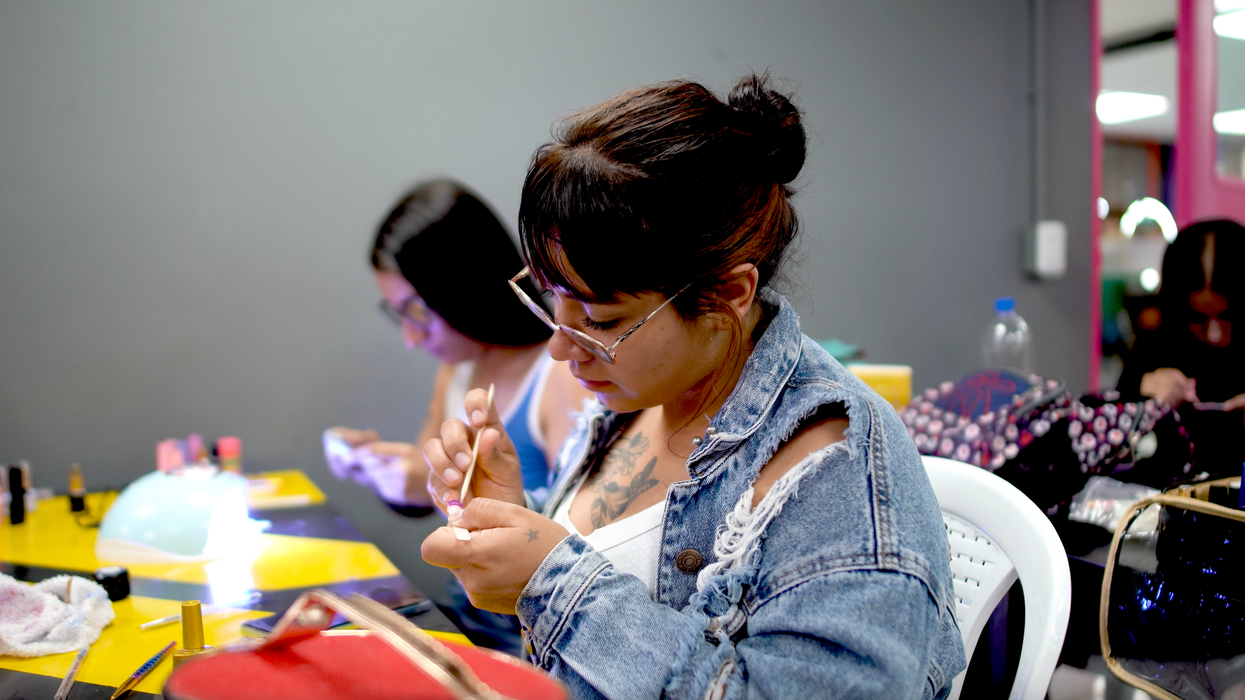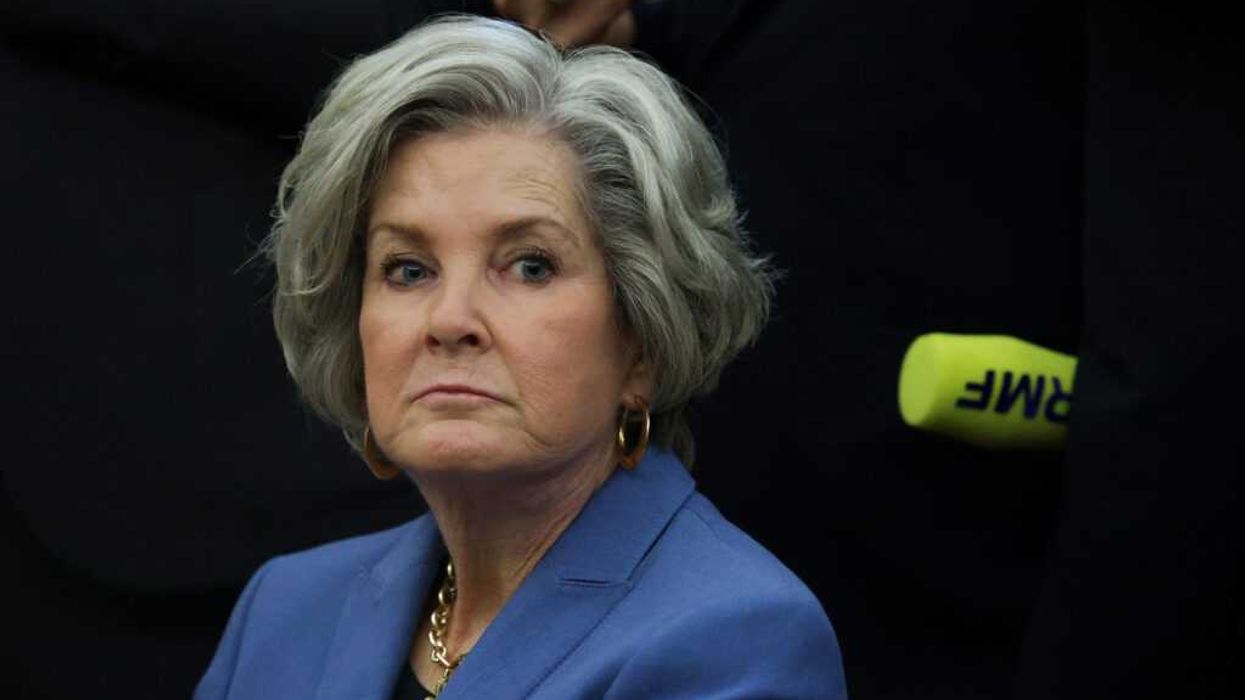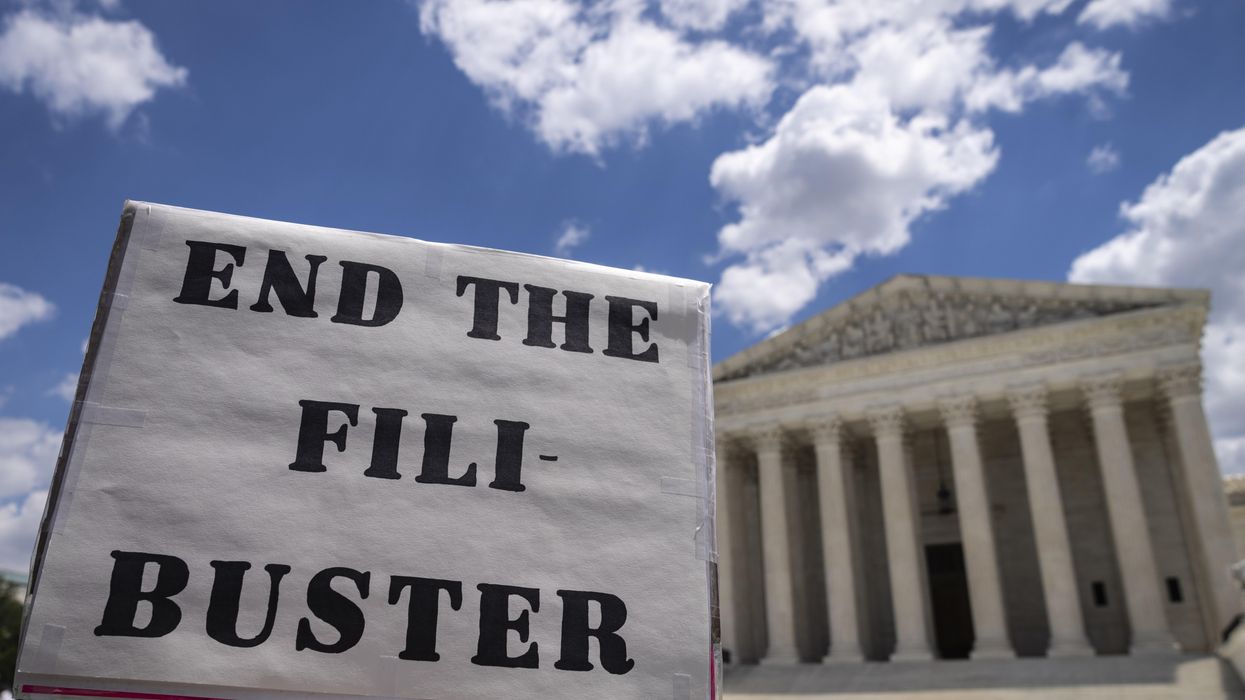Schleifer is research director at Public Agenda, a nonprofit, nonpartisan research and engagement organization focused on strengthening democracy, building trust and expanding economic opportunity. his is part of an occasional series.
In our increasingly polarized society, there is one thing that we agree on: Our democracy is in trouble. The good news is that it's far from the only thing. You may not realize it from the rhetoric in Washington, but there is much common ground among Americans of all political affiliations not only on the health of our democracy, but also about what should be done and who should do it.
The findings, from the most recent Public Agenda/USA Today Hidden Common Ground survey are not all gloom and doom. The new research, which is part of Public Agenda's series of Yankelovich Democracy Monitor surveys, finds that most Americans think our democracy is either in crisis or is at least facing serious challenges. And a 42 percent plurality of Americans believes that the state of our democracy will get worse in the next few years.
While Americans are divided (although not along partisan lines) over the big picture question of whether we need structural change or just to elect the right people, they also express a desire for their local governments to implement a variety of approaches to more participatory democratic decision-making.
In fact, this year's research found that 54 percent of Americans say they want their local government to implement participatory budgeting, described to them in the survey as ordinary people developing ideas for spending tax dollars and then voting on which ideas to fund. This year's research found that only 21 percent of Americans said their local government should not implement PB, while a quarter were unsure. Democrats, Republicans and independents were all similarly enthusiastic about participatory budgeting.
Since participatory budgeting was first introduced in Brazil in 1988, it has been implemented around the world in cities, workplaces, public housing projects and schools. Starting in 2011 in New York City, for example, an increasing number of council members have used PB to let their constituents decide how to spend millions of dollars every year. Public Agenda's peer-reviewed research found that PB can have real impacts on how public funds are used when the community is involved in decision-making. By comparing council members' spending before and after they started using PB, we found that PB led to greater spending on schools, street and traffic improvements, and public housing. But we also found that it led to less spending on parks and recreation projects and housing preservation and development.
What are the other impacts of PB? My colleagues and I at Public Agenda conducted confidential interviews with elected officials from around the U.S. about their experiences with PB. Officials said they felt that PB had improved relations between them and their constituents and had boosted civic participation among segments of the population that did not typically get involved. In fact, research from New York City shows that engaging with participatory budgeting increased people's probability of voting by an average of 8.4 percentage points.
So what stands in the way of more cities adopting participatory budgeting? Elected officials also told us in interviews that they lack enough time, staff and resources to run PB processes effectively. Of course, implementation is often going to be a challenge when it comes to new ways of doing things. But finding the resources for PB implementation — and making that implementation more efficient and cost-effective — is a solvable problem, especially as PB becomes more institutionalized.
Moreover, PB is not the only approach to more participatory decision-making that people want their local governments to implement. For example, 65 percent of Americans say their local government should implement well-organized systems for deliberation, and 62 percent say their local government should implement neighborhood councils of community members and elected officials, who make decisions together about local issues. And 57 percent of Americans say their local government should appoint a representative group of citizens to study issues and make recommendations to elected leaders.
The big picture here is that most Americans (64 percent) say that in order to create a healthier democracy, it is very important that communities and government work together more effectively to solve problems — including statistically identical shares of Democrats, Republicans, independents and the politically unaffiliated. By contrast, only 40 percent of Americans say it is very important that communities make decisions without the federal government getting in the way — including half of Republicans (50 percent) and just over one-third each of Democrats (35 percent) and independents (38 percent). In other words, more people want communities and government to work together than want government to be sidelined.
Overall, Public Agenda's research shows that Americans want more opportunities to participate in making decisions that affect their communities and lives. While these types of democratic reforms may not be as splashy as national-level reforms like abolishing the Electoral Vollege — which a majority of Americans but a minority of Republicans favor — these are changes that Americans largely agree on across political affiliations. Adopting participatory budgeting is just one of the many concrete steps that communities and elected officials can implement to help renew our democracy from the bottom up.


















